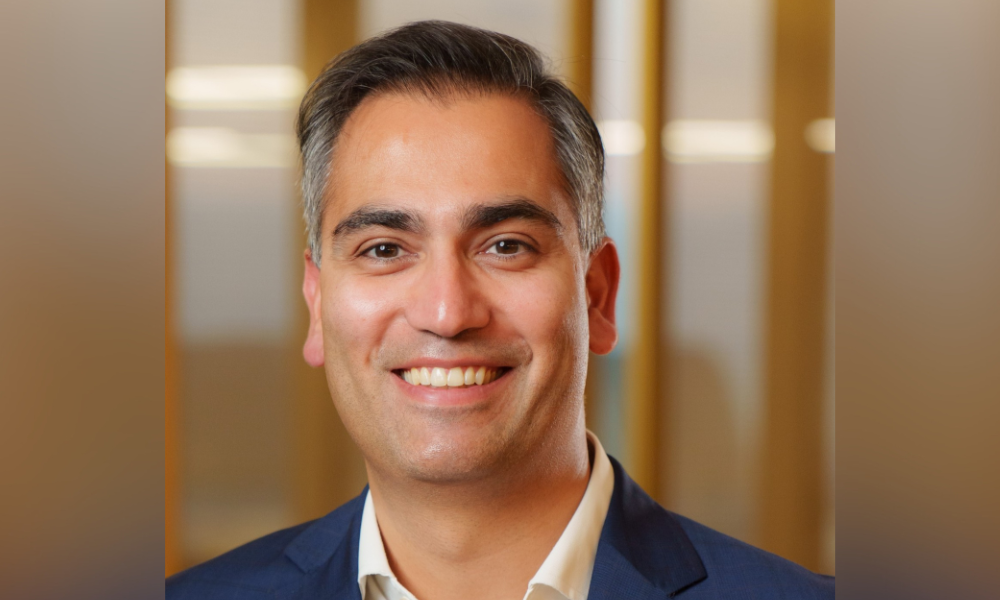How brokers can adapt to changing trends in renewable energy insurance

How brokers can adapt to changing trends in renewable energy insurance | Insurance Business America
Construction & Engineering
How brokers can adapt to changing trends in renewable energy insurance
“Brokers shouldn’t approach the insurance market with a combative stance”
Construction & Engineering
By
Nicole Panteloucos
The renewable energy sector is experiencing rapid growth, driven by increasing demand for clean energy and advancements in technology. Recent developments, such as the new low-cost, high-energy storage solution developed by scientists at Columbia Engineering, highlight the sector’s dynamic progress.
As the global renewable energy industry is projected to hit over $2 trillion by 2032, insurers and brokers are grappling with evolving risks and challenges.
Jatin Sharma, managing partner at NARDAC (pictured above), noted this shift.
“Now you are seeing larger-scale development in markets like the United States, where previously it was quite niche and small scale,” Sharma said. “With new technologies being deployed, new risk profiles are created.”
The importance of specialized coverage
This rapid expansion necessitates specialized insurance solutions to address the unique and emerging risks associated with large-scale renewable energy projects, such as equipment failure, extreme weather, operational downtime – covering lost revenue during periods when energy systems are not operational – and an assortment of liability risks including environmental and construction.
Sharma emphasized that traditional policies often fall short in addressing these complexities, leading to potential coverage gaps and underinsurance. “If you had your standard property casualty coverage, that might not be sufficient. You need something that is actually bespoke and designed for your particular asset type,” he said.
Leveraging underwriting expertise in a high-stakes economic environment
Sharma also emphasized the importance for brokers to collaborate with specialty insurers in the renewable energy sector to tap into valuable underwriting expertise, underscoring the need to prioritize long-term value.
“Once a project is built and designed, it’s hard to give clients feedback. Brokers shouldn’t approach the insurance market with a combative stance—focusing solely on buying coverage for the lowest cost dollar because their clients only care about EBITDA. Instead, they should aim to provide projects with more robust coverage, as clients are going to own these developments for a long time.”
Underwriting expertise is particularly crucial in the current economic climate. Rising interest rates are impacting renewable energy projects significantly, with some estimates predicting a potential increase in the levelized cost of electricity from renewables by as much as 20%. As rising rates also affect financing and investment costs, it is important to ensure that high-cost and higher-risk energy projects are insured adequately.
Expert advice for brokers
Given these challenges, Sharma offered two other key tips for brokers looking to navigate the evolving renewable energy insurance landscape:
Stay informed on tech advances: “The pace of technological change in renewable energy is rapid. Brokers need to be well-versed in these technologies to offer the best coverage solutions to their clients. It’s not just about understanding the risks but also the operational aspects of these projects.”
Proactive Renewal Management: Sharma advises brokers to start the renewal process early to ensure adequate coverage. “Getting ahead of renewals allows for a thorough review of the evolving risks and ensures that insurance solutions remain robust and relevant as projects progress. This proactive approach can prevent last-minute issues and gaps in coverage.”
Related Stories
Keep up with the latest news and events
Join our mailing list, it’s free!






